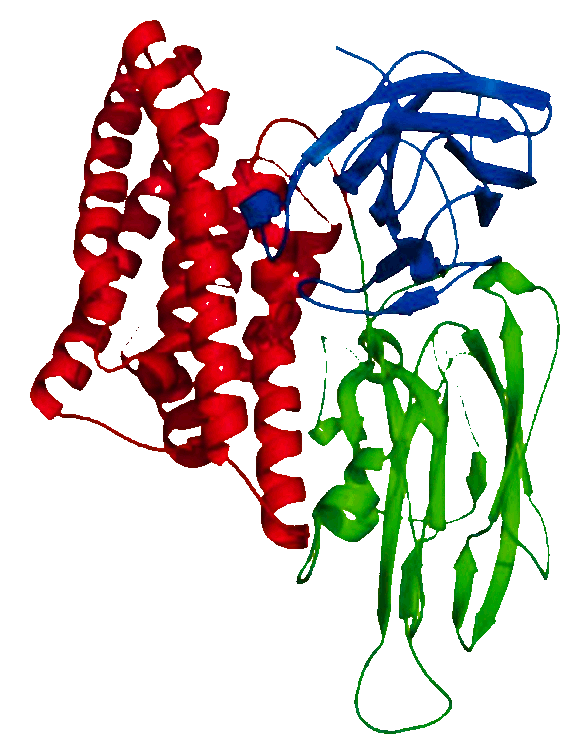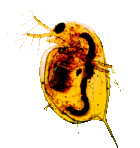| |
 |
 | '
The Population Dynamics of Daphnia At Constant Food Supply: a Review, Re-Evaluation and Analysis of Experimental Series From the Literature.
N. van der Hoeven1*
- TNO Division of Technology, for Society, Netherlands organization for applied scientific research, Department of Biology, P.O. Box 217, 2600 AE Delft, The Netherlands
*: Present address: ECOSTAT, Vondellaan 23, 2332 AA Leiden, The Netherlands
Abstract
Data on the population dynamics of five Daphnia species, viz. D. galeata mendotae, D. obtusa, D. pulicaria, D. pulex and D. magna, were collected from the literature. The experiments with constant food input were re-analysed for the oscillatory behaviour of the populations. Some populations appear to stabilize, whereas others continue to fluctuate. Some fluctuations are apparently caused by external factors. A decline to far below the average population size is always followed by a large population overshoot. Even populations that tend to stabilize do so by way of a series of damped oscillations. The oscillation period depends on, among other things, the Daphnia species, and increases with its size. Sometimes the same feeding regime leads to an equal or greater population size for a larger Daphnia species. This suggests that the chosen food species was not equally suitable for the two Daphnia species. No effect of crowding on the population size of Daphnia is found.
keywords: oscillations; Daphnia; Population Dynamics
Netherlands Journal of Zoology 39: 126-155, 1988
Biological Literature Reviews
ECOSTAT does not only offers statistical analysis but also literature studies. In performing these studies, Nelly van der Hoeven of ECOSTAT will use her broad experience in a wide range of biological fields such as
- Ecotoxicology (experimental research in laboratory and field, toxicological models, the relationship between species sensitivity and ecosystem effects, bioaccumulation and accumulation in the food chain, ...)
- Ecology (ecosystem models, parasite-host interaction, ...)
- Population Genetics (models, population genetics of plasmids, genetical modification, ... )
Some examples of ECOSTAT's experience
 Bacillus thuringiensis bacteria produce a range of proteins with specific toxicity to a limited number of species. Proteins toxic to plague insects are used for their control, and some of the genes coding for these proteins are incorporated in the sensitive crop plants.
Due to the increasing number of crop developed to produce not just one but several of these Bt toxins, the question was raised whether the combination toxicity of these toxins, both for target organisms as for the rest of the ecosystem, can be predicted from the toxicity data of each of the toxins separately. To answer this question, the Netherlands Commission on Genetic Modification (COGEM) has commisioned ECOSTAT to perform a literature study to evaluate the potential interaction between Bt toxins. The report of this study can be obtained here.
Bacillus thuringiensis bacteria produce a range of proteins with specific toxicity to a limited number of species. Proteins toxic to plague insects are used for their control, and some of the genes coding for these proteins are incorporated in the sensitive crop plants.
Due to the increasing number of crop developed to produce not just one but several of these Bt toxins, the question was raised whether the combination toxicity of these toxins, both for target organisms as for the rest of the ecosystem, can be predicted from the toxicity data of each of the toxins separately. To answer this question, the Netherlands Commission on Genetic Modification (COGEM) has commisioned ECOSTAT to perform a literature study to evaluate the potential interaction between Bt toxins. The report of this study can be obtained here.
 As background for her research into the effects of toxicants on daphnid populations, Nelly van der Hoeven has reviewed the literature on the dynamics of Daphnia populations. As background for her research into the effects of toxicants on daphnid populations, Nelly van der Hoeven has reviewed the literature on the dynamics of Daphnia populations.
|
|
|